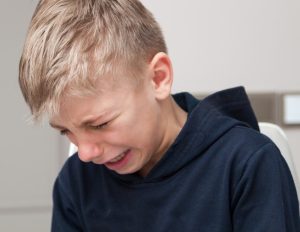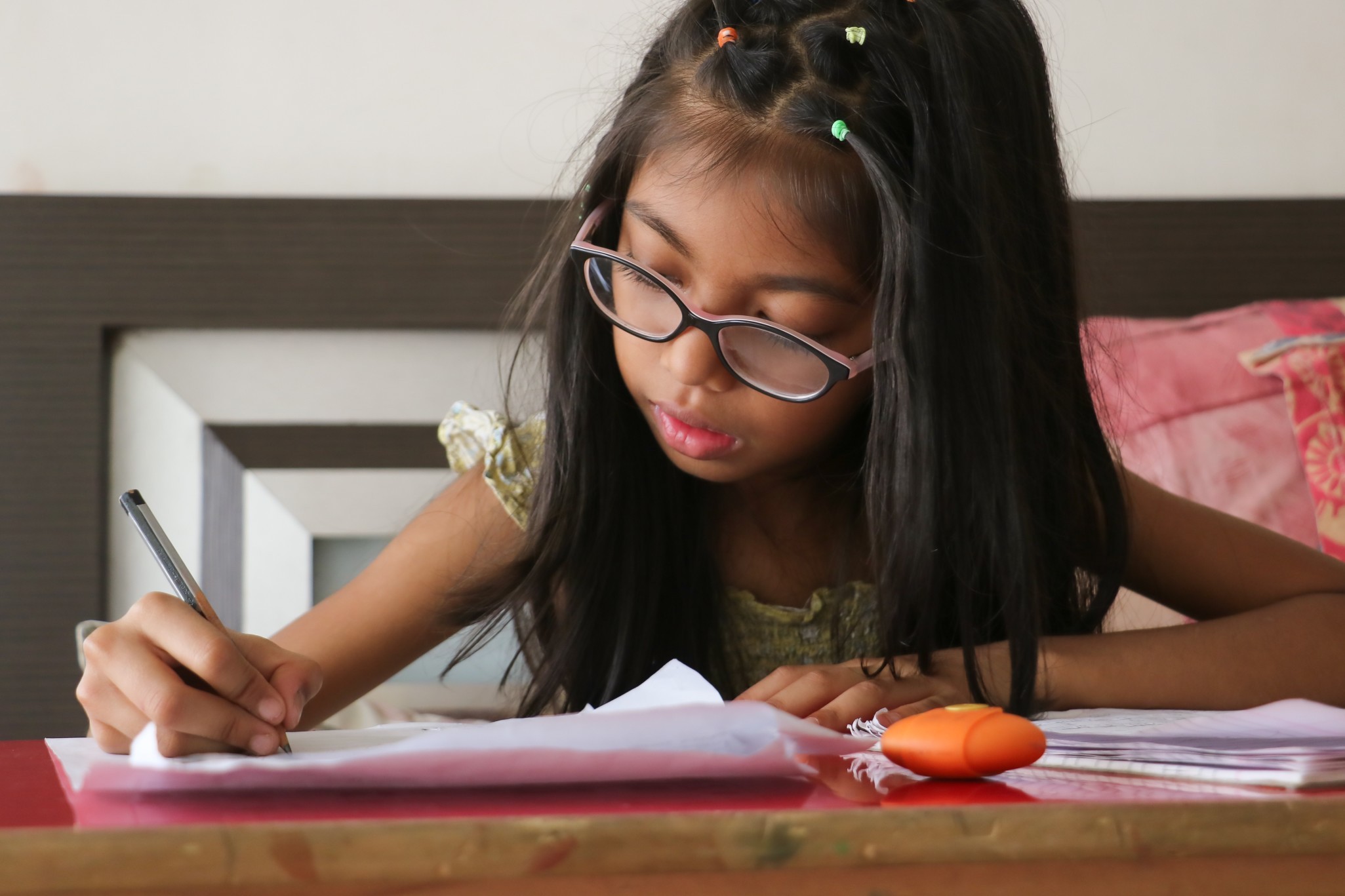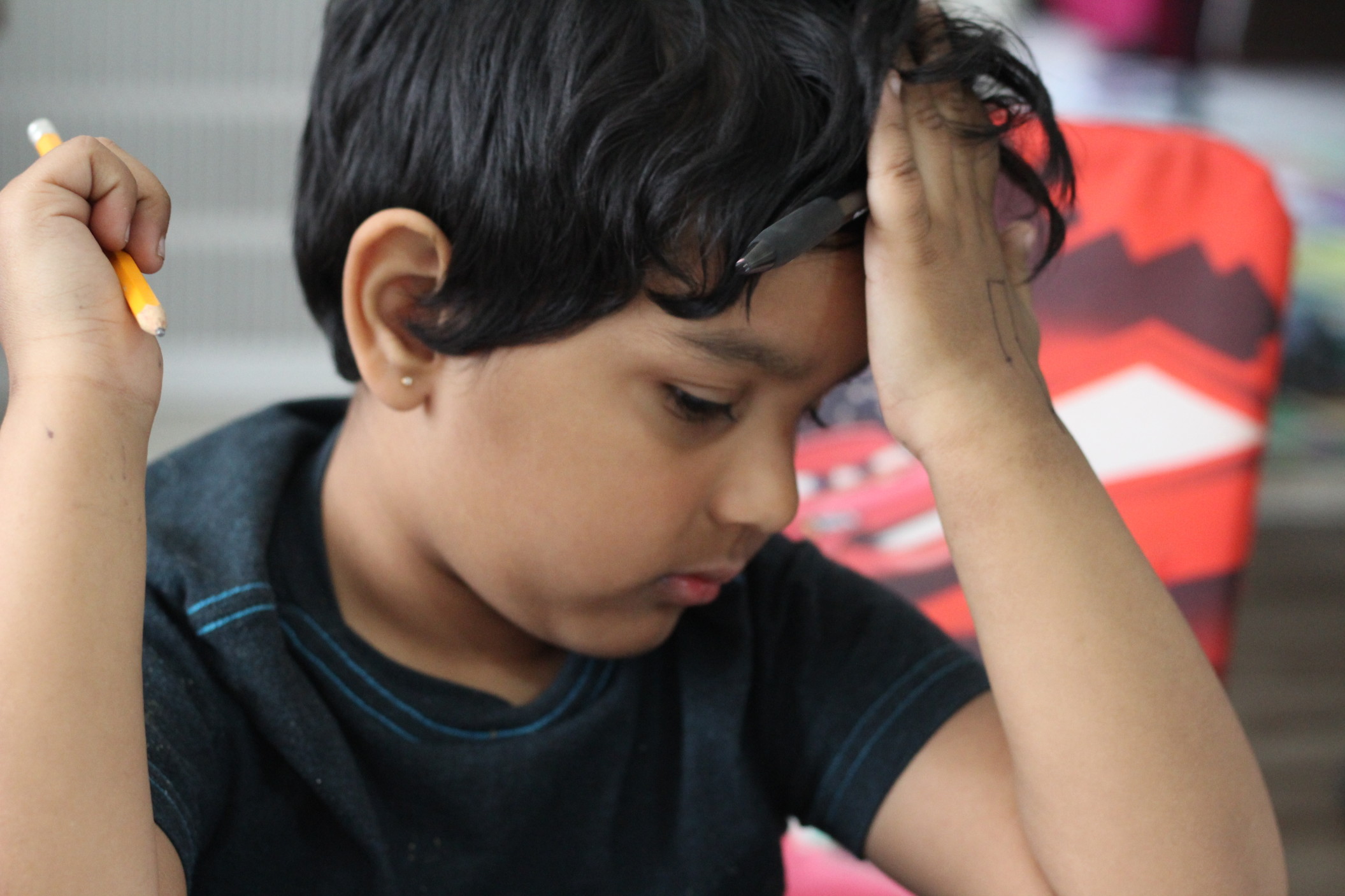Stress and Short Tempers: Schools Struggle with Behavior as Students Return
 A month into school, Chicago social worker Alyssa Rodriguez says she underestimated the challenge ahead. Student behavior referrals are up, as middle schoolers hurt each others’ feelings with comments they’d usually only be bold enough to say online.
A month into school, Chicago social worker Alyssa Rodriguez says she underestimated the challenge ahead. Student behavior referrals are up, as middle schoolers hurt each others’ feelings with comments they’d usually only be bold enough to say online.
Schools across the country say they’re seeing an uptick in disruptive behaviors. Some are obvious and visible, like students trashing bathrooms, fighting over social media posts, or running out of classrooms. Others are quieter calls for help, like students putting their head down and refusing to talk.
“This is a prolonged adjustment period,” said Dr. Tali Raviv, the associate director of the Center for Childhood Resilience at Lurie Children’s Hospital in Chicago. As children return to school, “There’s much more interaction, there’s much less downtime to recharge, there’s much less flexibility.”
The behavior issues are a reflection of the stress the pandemic placed on children, experts say, upending their education, schedules, and social lives. For students dealing with grief, mental health issues, or the layered effects of poverty and racism, big transitions can be even more challenging.
Anxiety and chronic stress also trigger a child’s “survival brain,” as Raviv put it. While some students retreat, others feel like they’re on high alert — turning a nudge in the hallway into cause for an outburst, for example. “You can get these really big reactions over really small things,” she said.
Coupled with staff exhaustion, the behavior challenges are making school environments more tense than educators and students had anticipated — and underscoring how much support students need right now.
‘It’s like we’ve forgotten how to socialize’
Alex Magaña saw behavioral challenges crop up last year at the two Denver middle schools he oversees as executive principal, Grant Beacon and Kepner Beacon, when students were largely confined to one classroom. Students would occasionally rip off their masks and storm away, leaving staff members to chase them around the building, trying to prevent more disruption.
When classes resumed last month, the acting out intensified, Magaña said. There was a fight on the first day of school instigated by a social media slight, plus more defiance and challenging of authority.
“It’s hard when there are bumps,” said Kelsy Schmidt, the schools’ dean of instruction. “We want everything to be nice and smooth, and have high academic growth for students. But there are bumps now.”
Holiday exhaustion hits early for teachers
Complicating how schools are responding to disruptive behavior is the fact that many educators are on edge, too. Staff shortages and quarantines have stretched teachers thin, leaving many with less of the patience needed to de-escalate student conflicts. Some say they’re already as tired as they’d typically be by Thanksgiving.
“Normally we are really energized and rocking and rolling at the end of September,” said Roxanne James, the principal of Jerome Mack Middle School in Las Vegas. This year, staffers are already exhausted. “They’re being asked to be those emotional supports for kids, for their families, for each other,” she said. “And they themselves have gone through the trauma of the pandemic.”
Teachers and students look for solutions
Schools are making changes meant to help, often with the help of COVID relief funding. Missoula County schools in Montana, for example, hired a dozen additional staffers to focus on student behavior and mental health. Now they have staff at every elementary and middle school to teach coping strategies to kids who are getting frustrated quickly.
Schools within the Indianapolis-based Phalen Leadership Academies charter network expanded their art and theater programs, and brought in adults — “semi-therapists,” as the network’s CEO Earl Martin Phalen dubbed them — to help kids make connections and sort through their emotions. The organization also boosted staffing by 10% across its 25 schools, with a focus on coaches and teachers who spend time daily with students to build “sticky relationships,” Phalen said.
Excerpted from “Stress and Short Tempers: Schools Struggle with Behavior as Students Return” in KQED’s MindShift. Read the full article online.
Source: MindShift | Stress and Short Tempers: Schools Struggle with Behavior as Students Return, https://www.kqed.org/mindshift/58572/stress-and-short-tempers-schools-struggle-with-behavior-as-students-return | © 2021 KQED INC
If you have concerns about your child or teen, CHC Care Coordinators can arrange a free 30-minute consultation so you can explore options with an expert. We invite you to call or email us at 650.688.3625 or careteam@chconline.org to set up an initial Parent Consultation appointment. CHC teletherapy services are available now.





